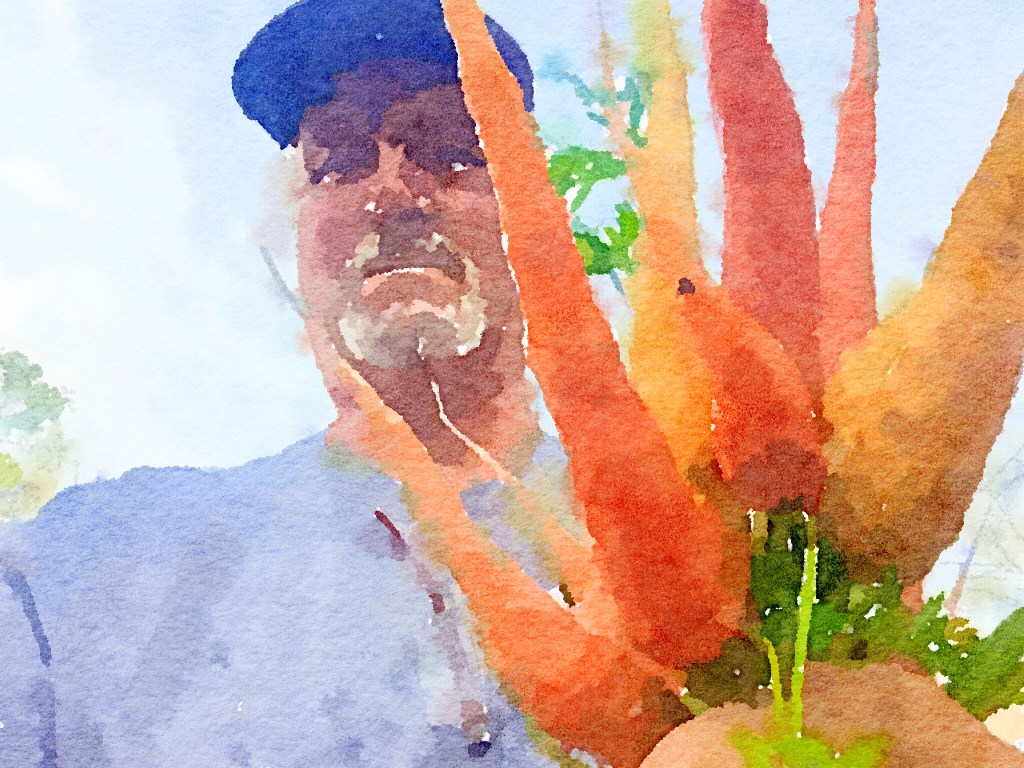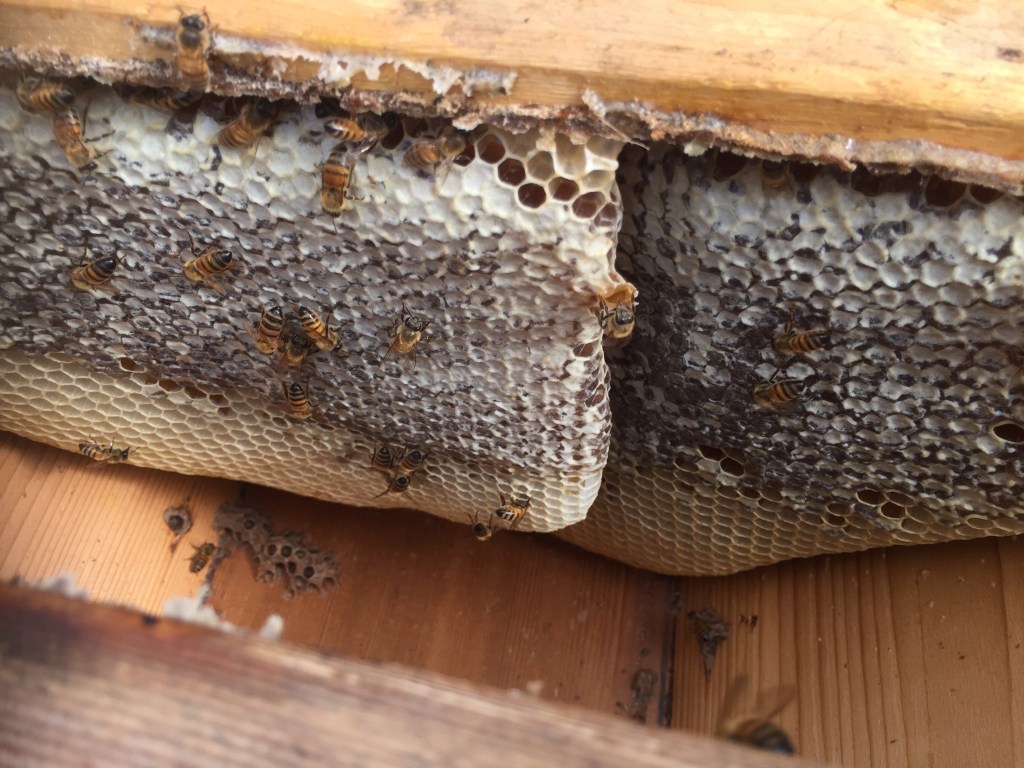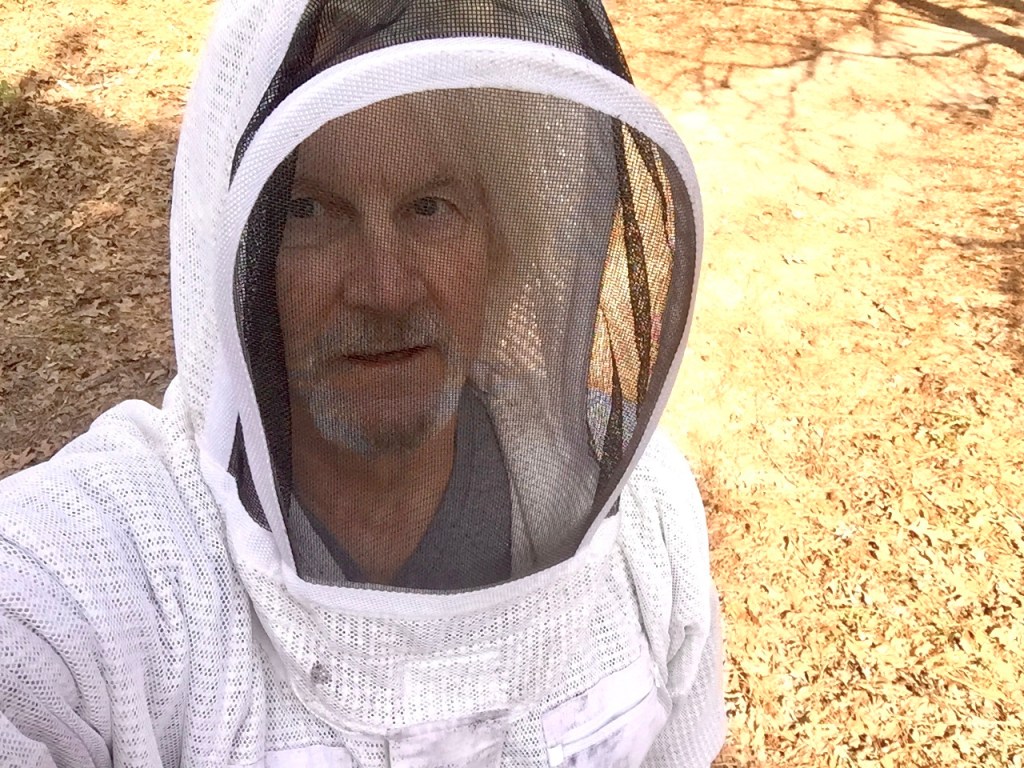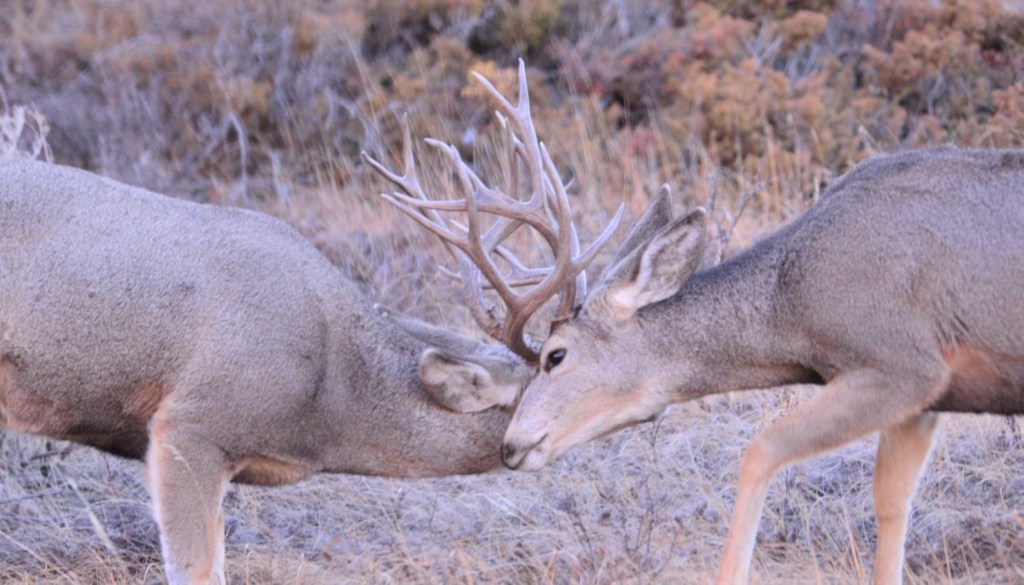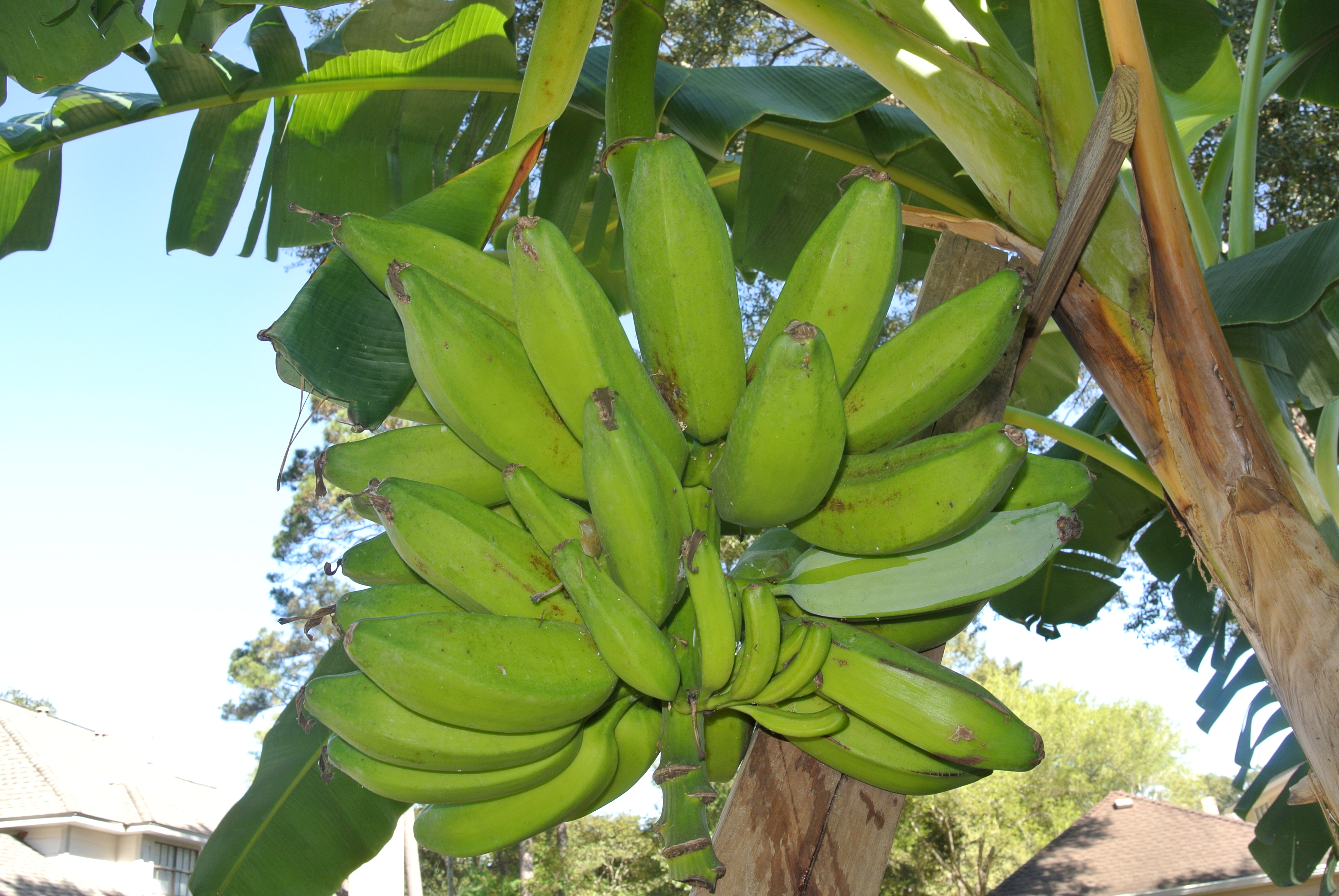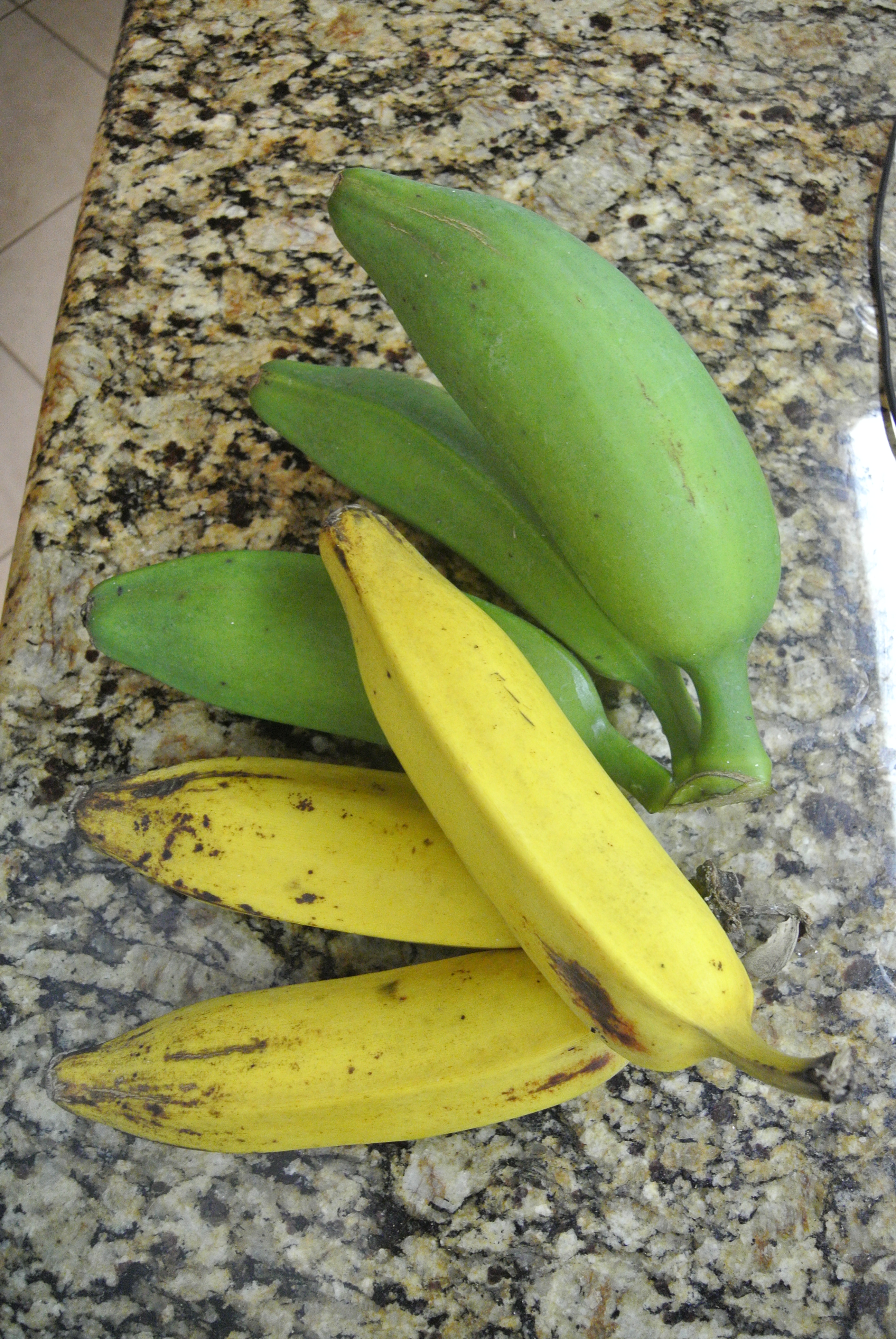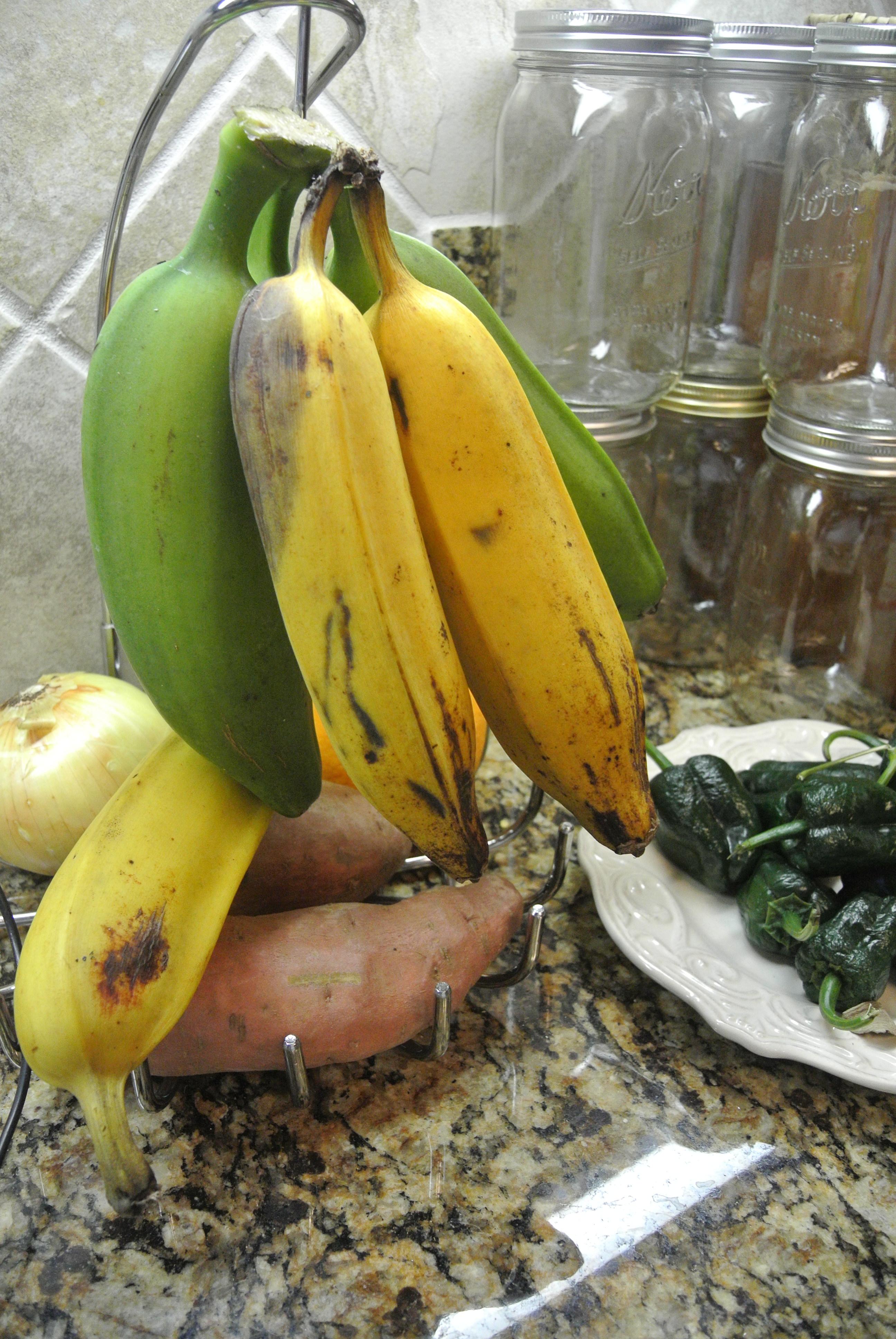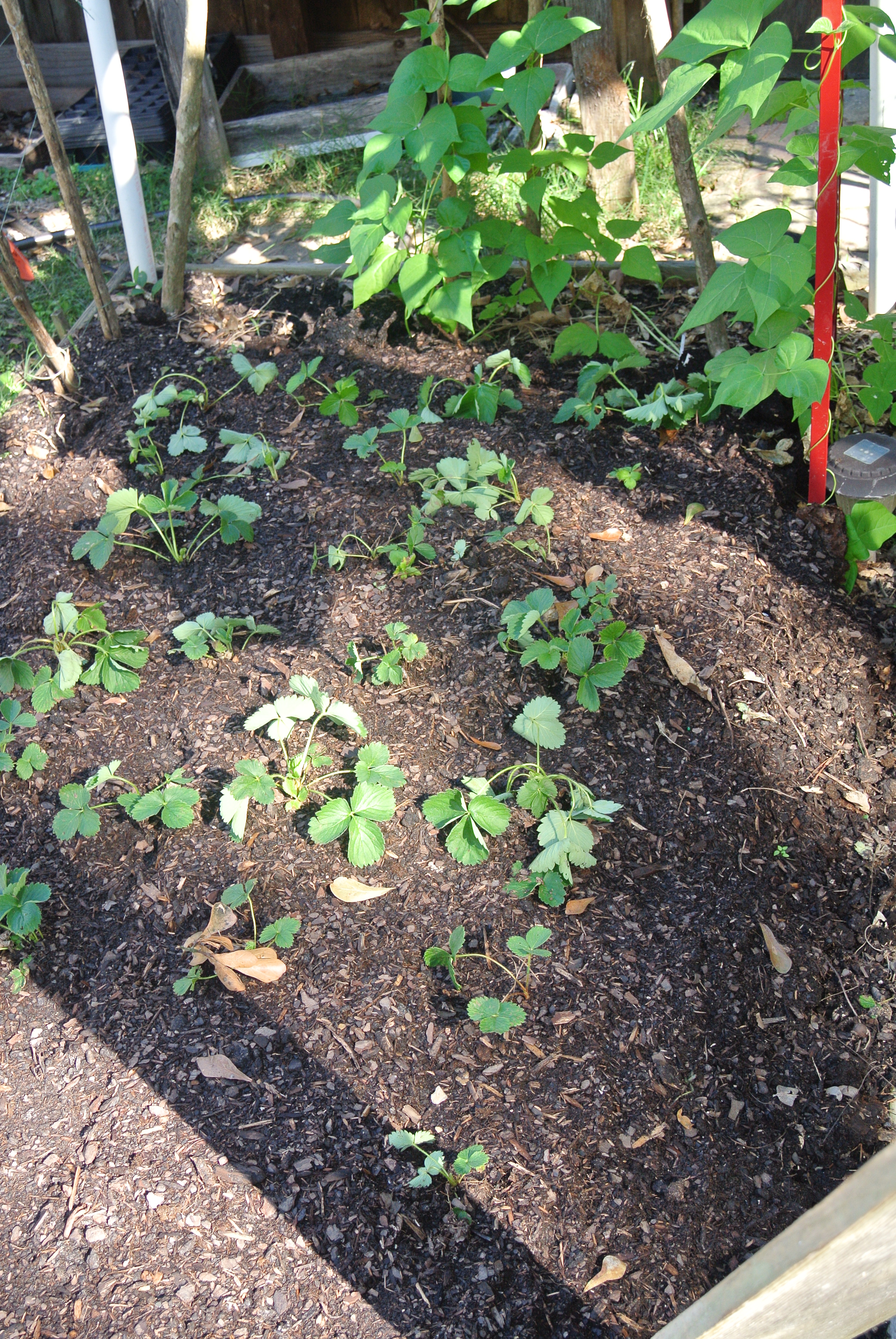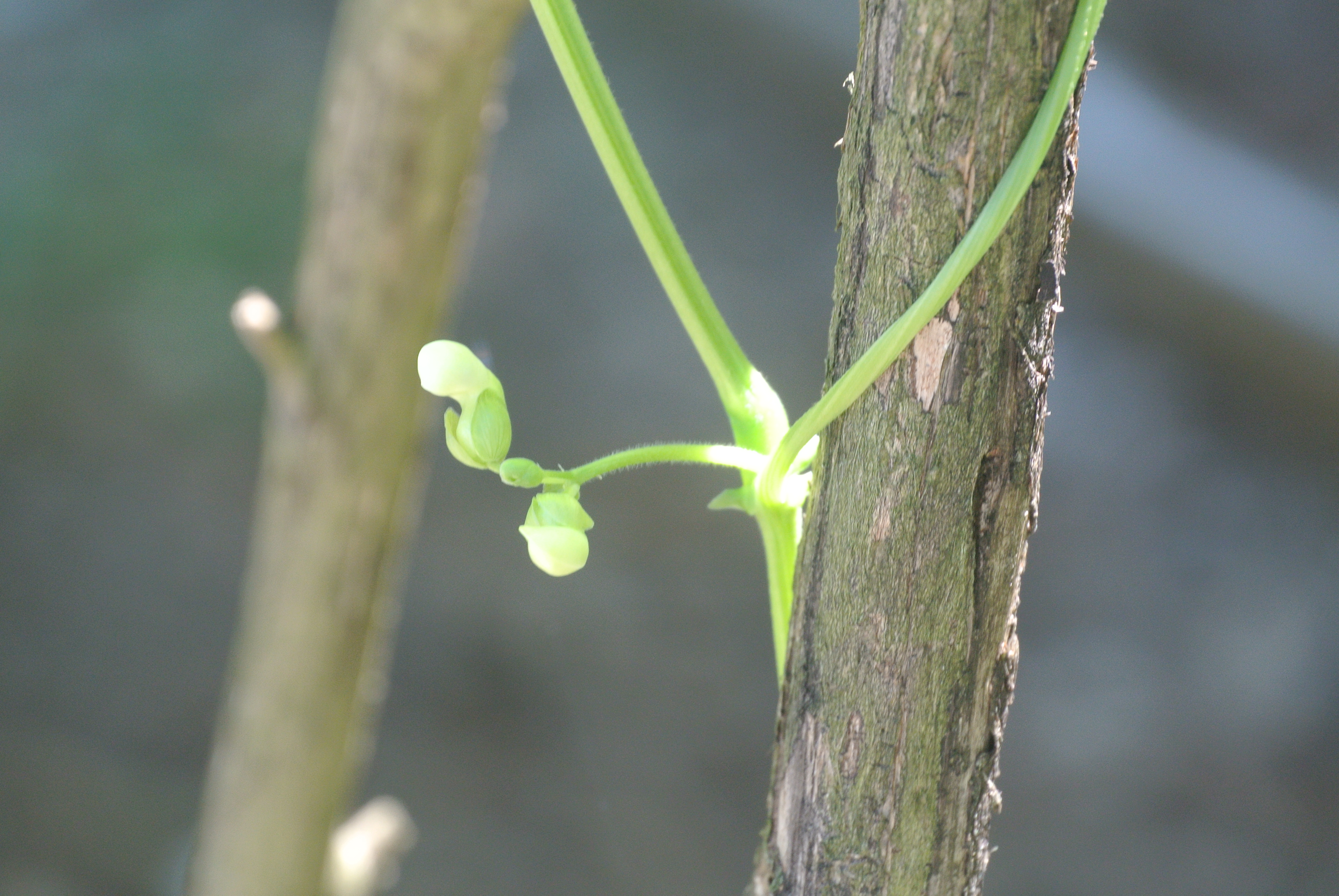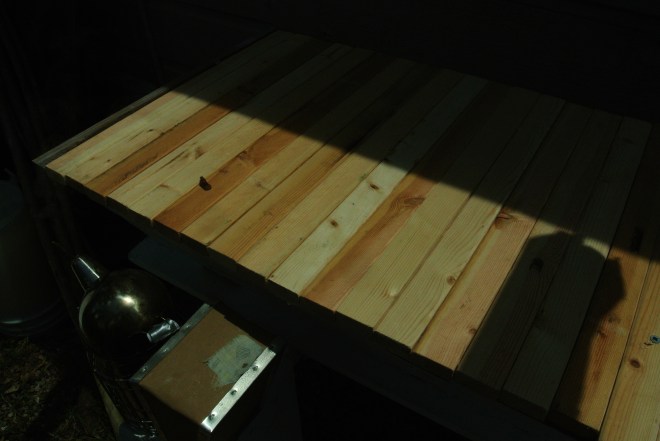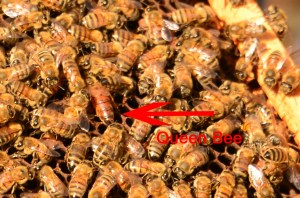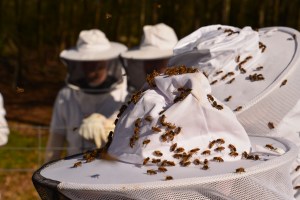No, I am not talking about the person you met through “Match.com” or for that matter, your significant other. I am talking about the liquid gold in the bottle called “Honey”. I have done my own sleuthing on the local supermarket shelves and I have been surprised. There is not much truth in labeling at the supermarket. Local raw honey is a real treat, if you spend the time and effort necessary to verify the moniker, “Local Raw Honey”!
I ran a cross this article while looking around and thought it did a great job illustrating the point….”do you really know your honey?”
“…..Research at Texas A&M University shows that most honey labels aren’t telling the truth, and 75% of the honey in the U.S. is not what it says it is on the label. And this could apply to as much as 90% of the nation’s honey, according to lead federal honey investigator.”
Dr. Vaughn Bryant is an anthropologist and a bit of a honey sleuth at Texas A&M University. He utilizes A&M’s extensive pollen library to identify where honey originates by it’s pollen “fingerprint”. A Michigan TV station did a little test of honey off the shelf at a local store.
“……..So, we took some samples and sent them to Texas A&M University. Our five samples included a bottle from the company formerly known as Groeb Farms, Honey Tree’s Michigan Great Lakes Raw Honey, Organic Rainforest honey, plus a Meijer brand and a Spartan brand.” Just an FYI, every bottle of “USDA” labeled honey I found in local supermarkets comes from either Brazil, Argentina or Mexico….the USDA labeling is based on the country certifying that the honey meets the standards. Long story….
So, what did Channel 17 learn from the samples? You have to read it to believe it….3 of the 5 samples had no pollen present…..it is a great way for distributors/bottlers to disguise the origin of the honey by ultra-fine filtration and usually done under high temperatures, destroying any beneficial properties.
Local raw honey will be cloudy due to fine bubbles and pollen in the honey….
“Most of them were not what they claimed to be,” said Bryant.
First, he looked at the honey bottled from the company formerly known as Groeb Farms. They were previously fined for mislabeling Chinese honey. The label on this particular bottle said “Pure Honey Clover.” Although Dr. Bryant said the sample wasn’t from China, he said there was still a problem with the label. “It turned out not to be clover honey.”
There was “not enough clover pollen to warrant the honey being called a unifloral clover honey,” his report said. The other flower pollens found in the honey included “soybeans, chestnut, mesquite, and eucalyptus.”
“A little bit of clover pollen in here,” said Vaughn. “But it would not qualify as clover pollen. So here’s the case where it’s sold as pure clover honey, but it’s really not.”
Onto jar number two, a jar labeled Great Lakes Raw Michigan Honey. This honey appeared much more true to form according to Dr. Bryant’s analysis. He said there was “sumac” pollen in this sample, which grows commonly in the state. “It could well be from Michigan,” said Bryant. However, a few other suspicious pollens were discovered, too, which could indicate there was other honey mixed in from southern regions, or it could simply mean that the pollen accidentally got in there some other way. Bryant’s report showed pollen from citrus: lemon, orange, sweetgum, mesquite, eucalyptus and magnolia.
“Those could have been contamination from some other source,” said Bryant. “Or, they could have been part of a mixture. It’s hard to tell.”
Chris Olney, the Vice President of Sales and Marketing at Honey Tree said that the pollen from southern regions likely came from hives that were used in Florida, then brought to Michigan. He said 50% of the hives are transported by beekeepers to southern regions like Florida to pollinate citrus crops, then they are brought back to Michigan to pollinate crops here in the summer.
Now on to sample 3, which was labeled Organic Rainforest honey. “We don’t know what it is,” said Bryant.
The label had the abbreviation “BR” on the back, which stands for Brazil. However, Bryant couldn’t prove it came from rainforest flowers. It came back from testing as a question mark, because someone had strained all the pollen out. “We have no idea whether it’s organic,” said Bryant. “We have no idea whether it’s from the rainforest or anything else.”
Sample 4, the Meijer Pure Clover honey, had stamps for USA, Canada, and Argentina on the label, but for Bryant, it remains a question mark because, according to the test, “all of the pollen has been removed.”
Sample 5, the Spartan premium golden honey had the markings of “AR” and “CA” stamped on the back. AR stands for Argentina according to country code listings, and CA stands for Canada. However, Bryant couldn’t prove where this sample was from either country. “One certainly could not prove that the contents of this honey is what is claimed on the label.”
So, what is your best option? Know who your beekeeper is, ask to go see the hives, maybe even ask to help gather the honey……. This maybe a little TMI, but you will be tempted to lick your fingers every once in a while as you go through the extraction process……FYI I do keep a bowl of sanitary water in the extraction area to dip fingers and hands in while working with the very raw honey. Just saying! Link to the article below.
http://fox17online.com/2014/02/25/the-truth-behind-the-honey-labels-a-fox-17-investigation/
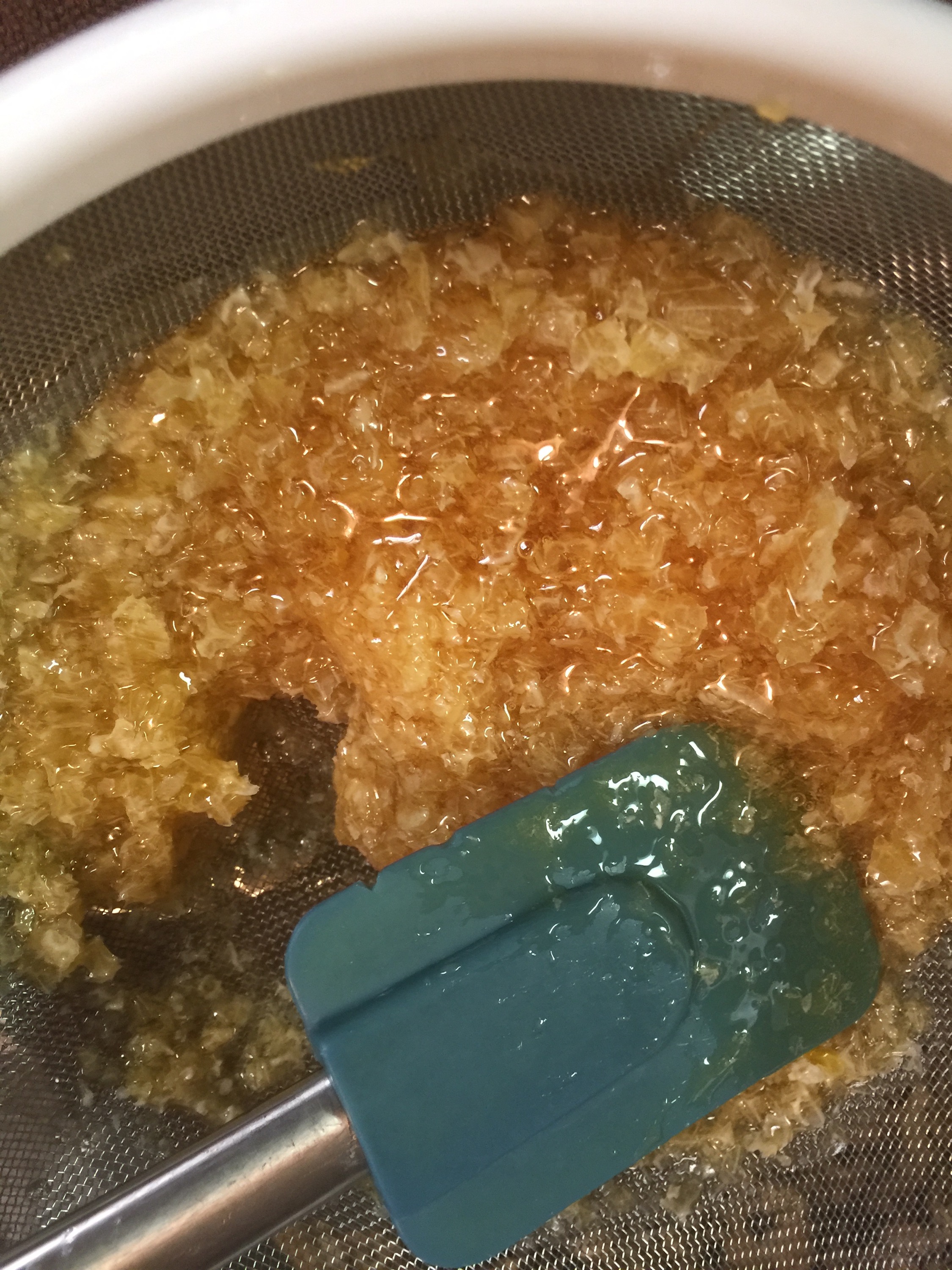
This is hand crushed honeycomb from my topbar hive.

Here is a shot of me squeezing the honey from the wax. I would squeeze and compact the was as tight as I could. I then place it out near the hive and the next several days it is wild watching the bees from the neighborhood clean the wax.

A nice capped section of honeycomb ready to be cut off the bar.
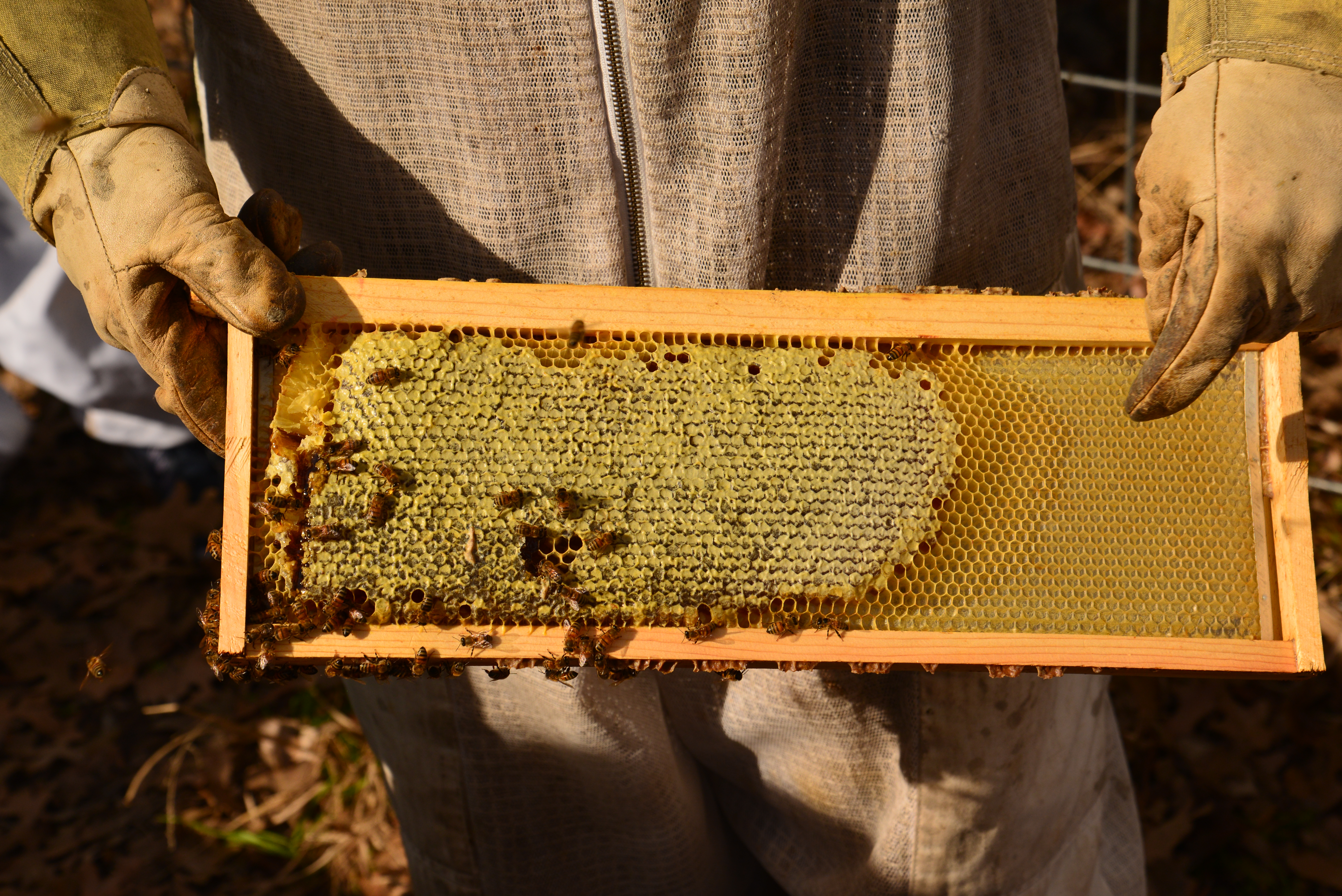
Honey….being added to a frame. Not ready to extract but looking good.
Buy Local and know your honey.
TTFN
Bishop
